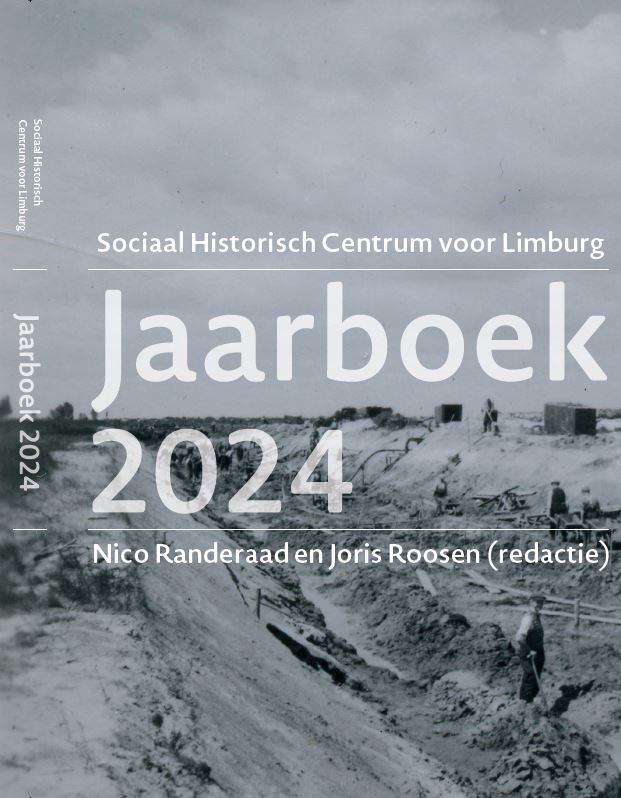Hoe de bergen verdwenen uit Nederland Wandelaars en fietsers over het Zuid-Limburgse landschap 1870-1920
DOI:
https://doi.org/10.58484/ssegl.v69i21885Trefwoorden:
recreatie, toerisme, fietsen, wandelen, Limburg, landschappen, heuvelsSamenvatting
This essay discusses the changing perceptions of the South-Limburgian landscape between 1870-1920 and highlights the role of cycling tourists in this development. Southern Limburg is a hilly part of the Netherlands, with hills of up to 322m in elevation. An increasingly popular tourist destination from the 1870s onwards, the region attracted many walkers from the very beginning. When cycling became popular from the 1890s onwards, also cycling tourists started to visit the region. Analysing travelogues and travel guides, the paper describes and compares the most popular destinations of tourist walkers and cyclists and their respective discourses on the landscape. Whereas walkers focused on the area bordering on the railway that crossed the region, cyclists visited parts previously not so easily reached by train and foot. Furthermore, whereas walkers consistently and elaborately described the landscape as ‘mountainous’ and liked to call it ‘Holland’s Switzerland’, cyclists did not use this language and instead preferred to talk about the region’s hills and hilliness. Arguing from a constructivist perspective, the paper explains this change not only by referring to the different parts of the region visited by walkers and cyclists, but also by suggesting in general different perceptions of landscapes by walkers and cyclists, and by linking the cycling tourists’ discourse to the Dutch cultural nationalism promoted at the time by the national cyclists’ organisation, the ANWB.
Downloads
Downloads
Gepubliceerd
Nummer
Sectie
Licentie

Dit werk wordt verdeeld onder een Naamsvermelding-NietCommercieel 4.0 Internationaal licentie.


